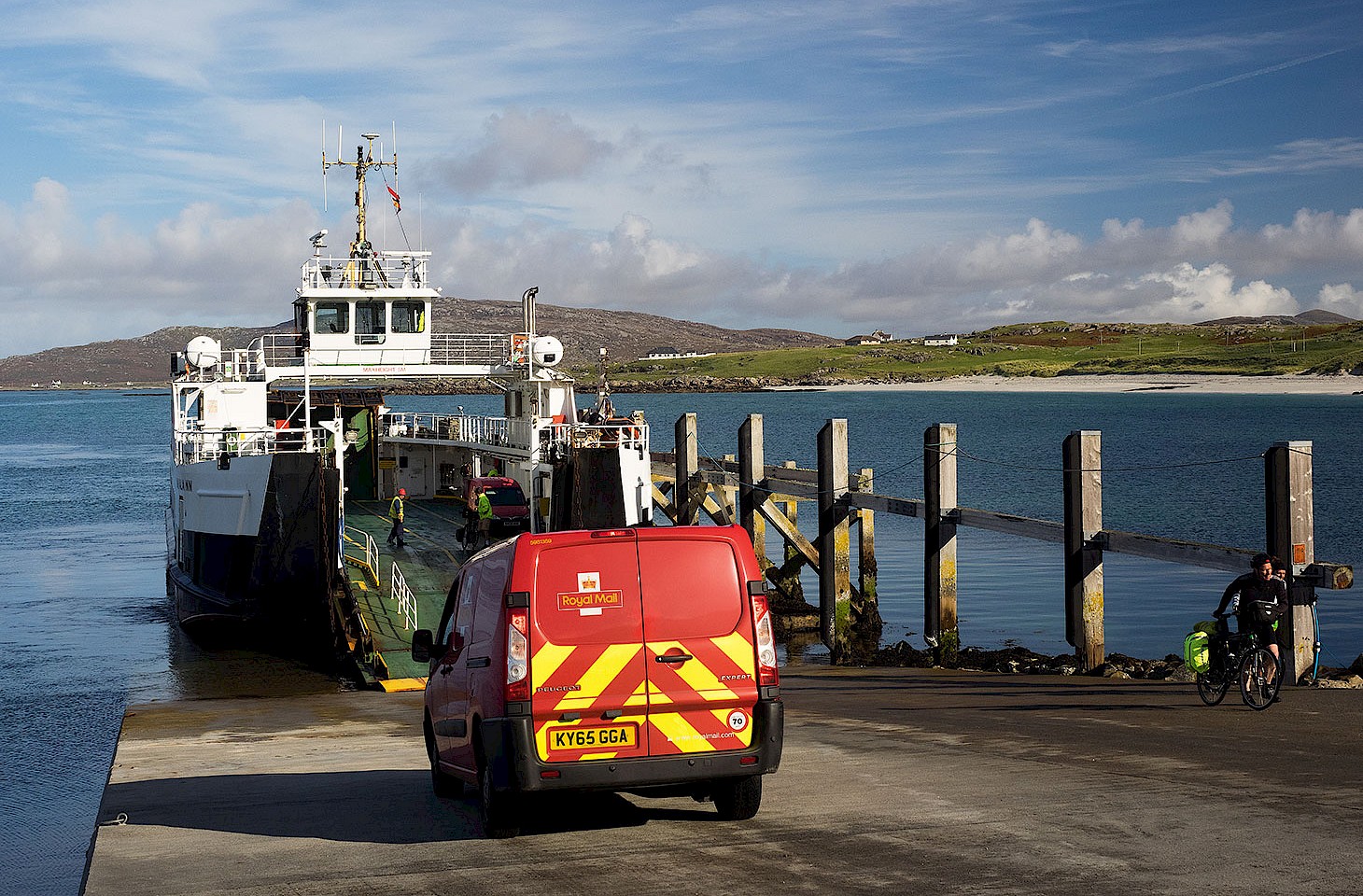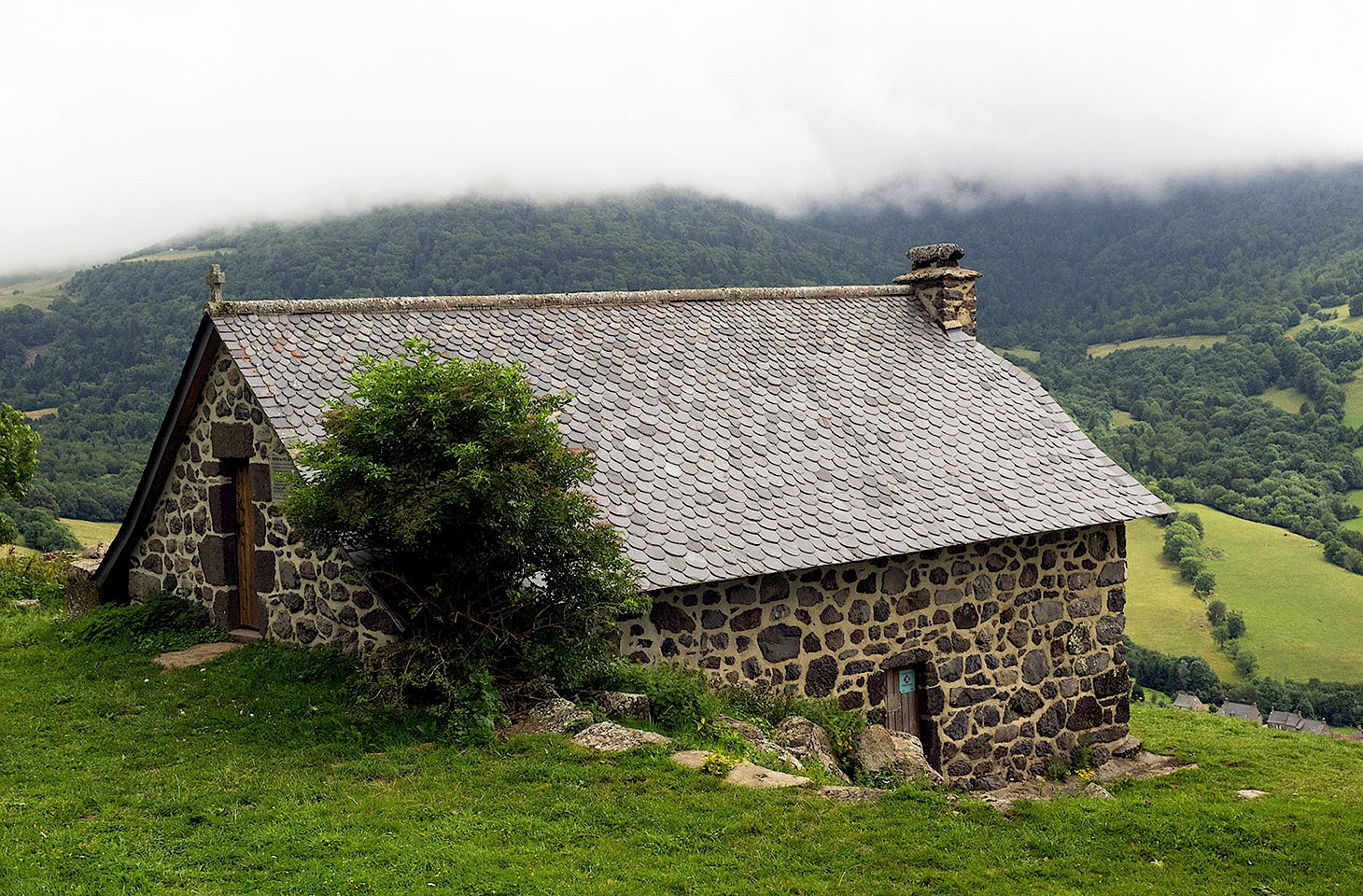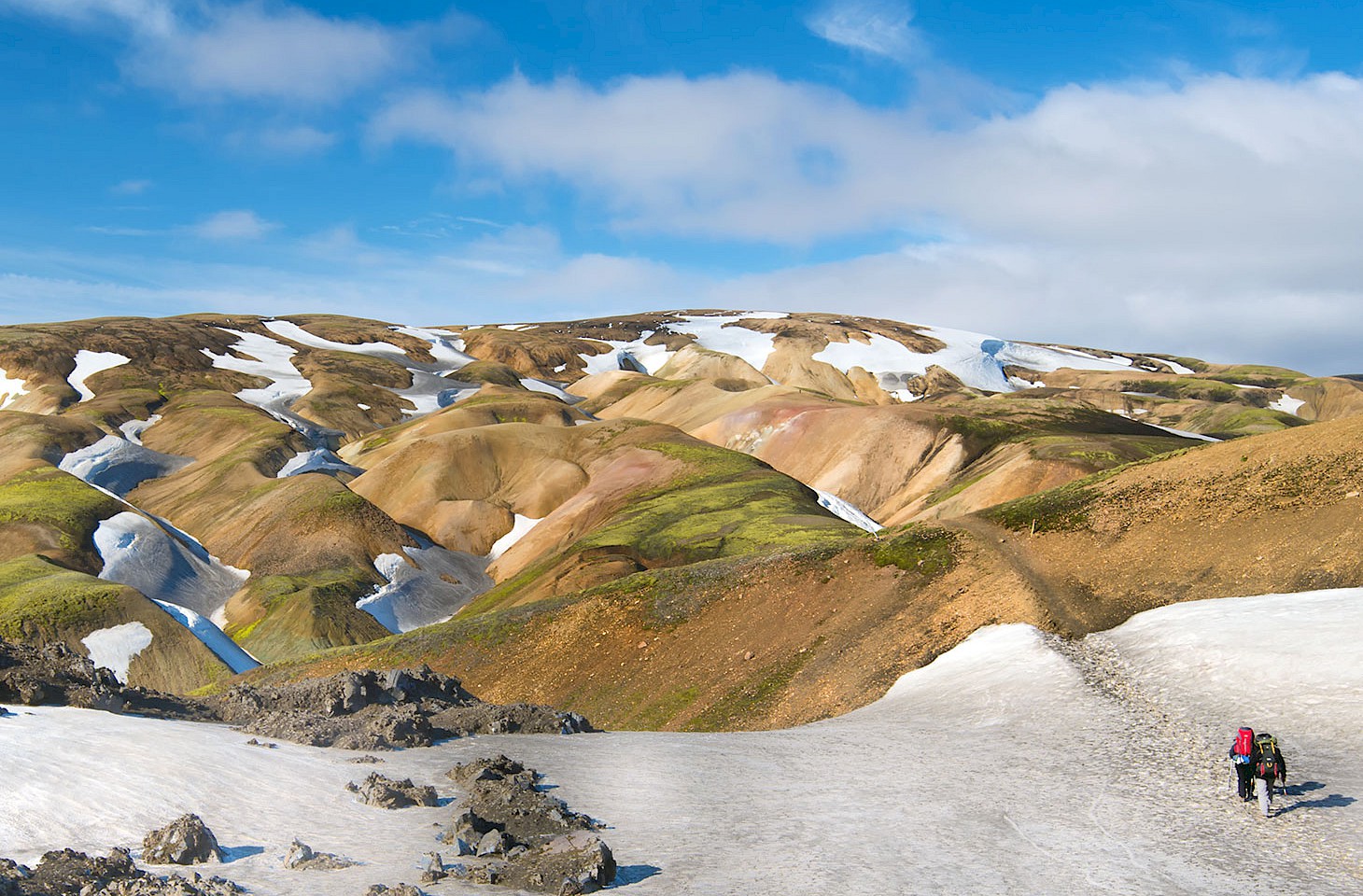Dear fellow travellers
Now, we can tell you exactly what Ganda was doing 500 years ago. In the middle of May 1515, Ganda was on board a ship, the Nossa Senhora da Ajuda, nearing the end of a four-month voyage from Goa in India to Portugal. 500 years ago today, the Nossa Senhora da Ajuda had already left the Azores for the final leg of the journey to Lisbon. Ganda was restless - for it does not come easily to an Indian rhinoceros to be confined to a small ship for four months.
Gifts from a sultan
Ganda was a gift from a Muzaffarid sultan to the governor of Portuguese India. The governor knew full well that King Manuel of Portugal would rather appreciate having a rhino for his menagerie in Lisbon. So Ganda was despatched with a cargo of Indian spices to Portugal. It was Ganda who inspired Albrecht Dürer's famous woodcut which became the reference point for so many images of rhinoceroses over the ensuing centuries.
The most famous rhinoceros in art history
Dürer's unusual armour-plated stylization of the beast was appropriated by many other artists and so entered the public imagination that even today we tend to imagine the rhinoceros à la Dürer. But we must forgive Dürer for his fanciful interpretation. He never actually saw the Lisbon rhinoceros, relying instead on sketches by those who were in Lisbon in that summer when the strange pachyderm from afar made such an impact on local life.
There is a more interesting aspect of the Ganda story which often gets forgotten amid all of the talk of Dürer's woodcut. When Ganda arrived in Lisbon on 20 May 1515, he was just the latest in a long line of exotic animals to step ashore at the city's docks. In the sixteenth-century, Lisbon was the principal European entrepôt for the rare birds and animals which were so treasured by European royalty as status symbols.
Exotic animals in royal collections
Among Europe's royal families, the Habsburgs were the greatest collectors of all. Habsburg monarchs and princes in Austria, the Netherlands and Spain all relied on their Portuguese cousins to provide a steady stream of rare animals to enhance their personal menageries. Portugal was of course the Habsburg outpost with the greatest empire. In 1498 Dom Vasco da Gama had planted the Portuguese flag in Mozambique and on the Malabar coast of India. Two years later Pedro Cabral claimed a part of South America for Portugal.
King Manuel suddenly found himself presiding over a vast overseas empire which sent riches to Lisbon - they included rare spices and exotic plants, birds that talked, and strange animals of a kind which had never been seen before in Europe. King Manuel could saunter around the boulevards of his capital in the company of elephants. African monkeys were bartered and sold on the streets of Lisbon.
Gifts for the pope
Unusual animals were wonderful gifts for currying favour with others. From Portugal, animals were despatched to Habsburg relations in central Europe. It wasn't always easy on the animals. One elephant was escorted overland to Barcelona, from where he was shipped to Genoa. The poor beast then walked over the Alps to Vienna. In 1514, King Manuel sent a white elephant called Hanno as a gift to Pope Leo X in Rome.
The fate of Ganda
Ganda was a summer star in Lisbon. He pulled the crowds and enhanced the reputation of King Manuel as a man who knew the ways of strange animals from distant lands. But come the following winter, Manuel decided that Ganda should also be sent to Pope Leo in Rome. The hapless rhino was loaded onto a ship, which in January 1516 stopped by the islands just off Marseille, so that the French king could view the beast. On the onward journey from Marseille, the vessel was caught in a storm off the coast of Liguria and wrecked. Ganda perished. It was a sad end to a journey which had started one year earlier on the shores of India.
Nicky Gardner and Susanne Kries
(editors, hidden europe magazine)




